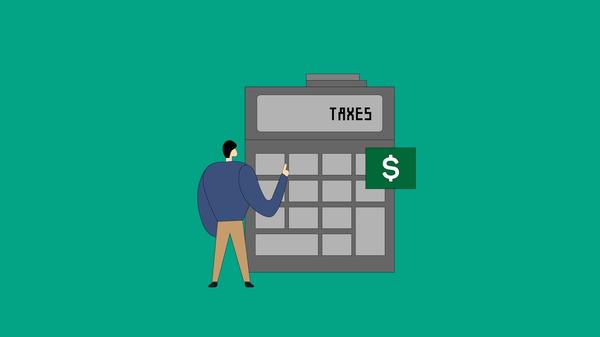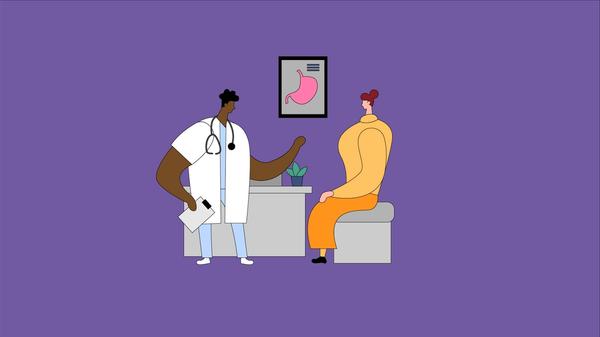In September 2008, the global financial system experienced the greatest jolt with the biggest single day drop in history up to that point.
While the current pandemic of 2020 has surpassed the 2008 crash, on September 29th, 2008, the Dow Jones Industrial Average fell 777.68 points, wiping out the hopes and aspirations of millions of savers and investors who dreamed of a financially independent future.
This single collapse and the aftermath to it gave birth to the term The Great Recession.
The Beginning
In the late 90s, the Federal National Mortgage Association, commonly known as Fannie Mae, began its crusade to fulfilling the American dream. A dream of homeownership that would allow thousands of Americans with low credit scores to have easy access to loans. Banks were more than happy to hand out loans, regardless of the borrower’s bad credit, meager savings, and high likelihood of default.Such types of loans are called subprime mortgages.
So, what could be so wrong with allowing easy access to money to buy homes?
As more and more borrowers lined up at the bank seeking home loans, the housing market witnessed a massive spike in home prices, leaving homeowners on cloud nine, but more importantly it gave bankers new ways to make more money.
Introducing the Mortgage Backed Security
When you invest in gold bonds, you are investing in a security backed by gold and receive a periodic payment known as a coupon payment. With the housing market seeing a huge upswing, banks decided to package all the subprime mortgages into a security known as a Mortgage Backed Security (MBS). Investors in MBS would also receive periodic coupon payments which were dependent on borrowers making timely payments on their mortgages.
As housing prices continued to increase, bad debt was being offset by increasing home equity and MBS continued to be an exciting investment. If a borrower defaulted on payments, banks could foreclose without taking a loss on its sale.
Like MBS, many such instruments were traded in the secondary market such as Collateralized Debt Obligations (CDO) and Credit Default Swaps (CDS).
The Beginning of the End
In 2007, the housing market had started to witness a slowdown, which seemingly did not impact the views of leading economists to trigger an alarm for an incoming recession. On October 9th, 2007, the Dow hit its peak closing at 14,164.53. Falling home prices resulted in defaults on subprime mortgages, alarming the Federal Reserve about the lack of liquidity for banks to function.
In the beginning of 2008, the economy had lost 17,000 jobs and the Federal Reserve had begun to save failing investment banks like Bear Stearns with bailout packages. The Treasury Department guaranteed an estimated $25 billion of Fannie Mae and Freddie Mac’s loans and bought shares of their stock. The Federal Housing Authority guaranteed $300 billion in new loans.
September 2008
While the stock market was seemingly afloat with the government announcing bailouts, on September 15th, 2008, major investment bank Lehman Brothers announced its bankruptcy due to overexposure to subprime mortgages, making it the largest bankruptcy filing in U.S. history and shocking the stock market with a 499 point decline the following day.
On September 29th, 2008, the Senate voted against the bailout bill resulting in the biggest crash of 777.68 points in a single day along with a global panic. To put things in perspective about the severity of the crash, the Great Depression resulted in a 90% decline in the stock market over a period of four years, whereas the 2008 crash took merely 18 months!
The Aftermath
Gold soared to over $900 an ounce
Oil dropped to $95 a barrel
U.S. economy had lost hundreds of thousands of jobs, peaking the unemployment rate to 10%
The Big Three, the 3 biggest automakers, General Motors Company, Chrysler LLC and Ford Motor Company, received large government bailouts
Home prices started declining to levels where homeowners owed more on their mortgage than the value of their home
Thousands of retirement savings accounts were depleted
Consumer spending declined to levels never seen since World War II
Slow economic growth cost the U.S. economy an estimated $648 billion
Global indices were in a state of panic creating a global recession
By 2012, the benchmark Treasury yield had dropped to 1.47, the lowest in more than 200 years
In 2013, the stock market had fully recovered after severe losses, bailouts and stimulus packages announced by the government
The Bottom Line
The stock market crash of 2008 was a series of events that led to one of the biggest failures in U.S. history. A housing market bubble, created by relaxed borrowing guidelines and complex investment instruments, resulted in many job losses, homes and retirement savings.
Those who carefully planned their finances, built a portfolio to support themselves in retirement with a set retirement age, had to push back their plans and work harder than ever before.
What Can We Learn From the Stock Market Crash of 2008?
If there is one thing we all could learn from the 2008 crash, it is the fact that a market goes through cycles, and there will never be a constant bull market or a constant bear market. More recently in 2020, we are witnessing a kangaroo market where after seeing the largest declines in the stock market due to the pandemic, we are also looking at sharp recoveries that are hard to explain even by the most renowned economists of our time.
The important thing, however, is to stay calm during uncertain and turbulent times, and not to allow emotions to impulsively hit the panic button. Weathering the storm can be achieved through a diversified portfolio and building an investment strategy centered around this approach can help you to not only brave uncertain times, but to also build and grow a balanced portfolio.
Here are a few tips towards creating a diversified portfolio:
Your asset allocation must be a mix of equity, mutual funds, bonds, gold, savings accounts etc.
The percentage of investment towards each asset class is a function of your risk appetite – the higher your risk appetite, the higher the percentage of risky assets
Your risk appetite must factor in your age and retirement plans – as you grow older, you must steer clear from investing in high risk investments
Rebalance your portfolio regularly
Do your own research before investing
Consult a professional if you are overwhelmed with information or lack the time to keep track of your portfolio
Every crisis leaves several lessons to be learned and while 2008 brought about several banking regulations to curb lending and trading, it was also a wake-up call for thousands of investors to approach the stock market with great caution.


